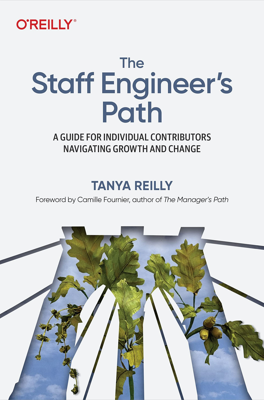Creating the Big Picture
Creating the Big Picture
In this chapter, the importance of having a clear and unified vision within an organization is emphasized through a narrative involving an all-hands meeting where conflicting messages about a system called SystemX were presented. This illustrates a common issue where different parts of an organization may not be aligned, highlighting the need for a coherent big picture or technical strategy.
The Scenario: SockMatcher
SockMatcher, a company that grew from a startup solving the problem of odd socks to a broader marketplace for matching various items through a sophisticated algorithm, faces architectural challenges due to rapid growth and diversification. Its monolithic system needs to be rearchitected to accommodate new types of matchable items and to handle spikes in demand more efficiently. There is internal division on how to proceed: whether to continue adding to the monolith or develop independent microservices.
Vision and Strategy Defined
Technical Vision: Describes an ideal future state of the organization’s technology once objectives are achieved. It helps create a shared reality among staff, aligning differing senior perspectives toward a common goal without getting lost in details.
Technical Strategy: Outlines the actionable plan to achieve the goals outlined in the vision. It includes a clear path with specific actions to solve identified issues, tailored to the organization’s unique challenges and resources.
Creating Vision and Strategy Documents
The process involves: 1. Identifying the need for such documents 2. Determining the organizational support and sponsorship 3. Establishing a clear scope and achievable goals 4. Engaging with key stakeholders to build consensus and align resources 5. Writing the document with clear decisions, trade-offs, and action plans 6. Launching the strategy officially with organizational endorsement
Case Study: SockMatcher
The case study gives a practical example of how to approach creating and implementing a technical strategy. It highlights the steps from understanding past failures, gaining sponsorship, choosing a feasible scope, diagnosing problems, crafting a guiding policy, defining strategic actions, and finally launching the strategy.
The focal points in the strategy for SockMatcher included: - Developing feature flagging for safer deployments - Adding resources to crucial teams - Making subsystems more modular for easier integration of new products
The strategy aimed to improve development environments by reducing dependencies, speeding up deployment processes, and minimizing disruptiveness across teams. The ultimate goal was to create a more scalable and flexible architectural framework allowing for rapid onboarding of new product features without overhauling the core system continuously.
Key Takeaways
- Clear visions and strategies are vital for organizational alignment and effective decision-making.
- Successful implementation requires comprehensive stakeholder engagement, realistic goal setting, and strong leadership support.
- Strategies should be regularly revisited and adapted to ensure they remain relevant and aligned with the organization's evolving needs.
